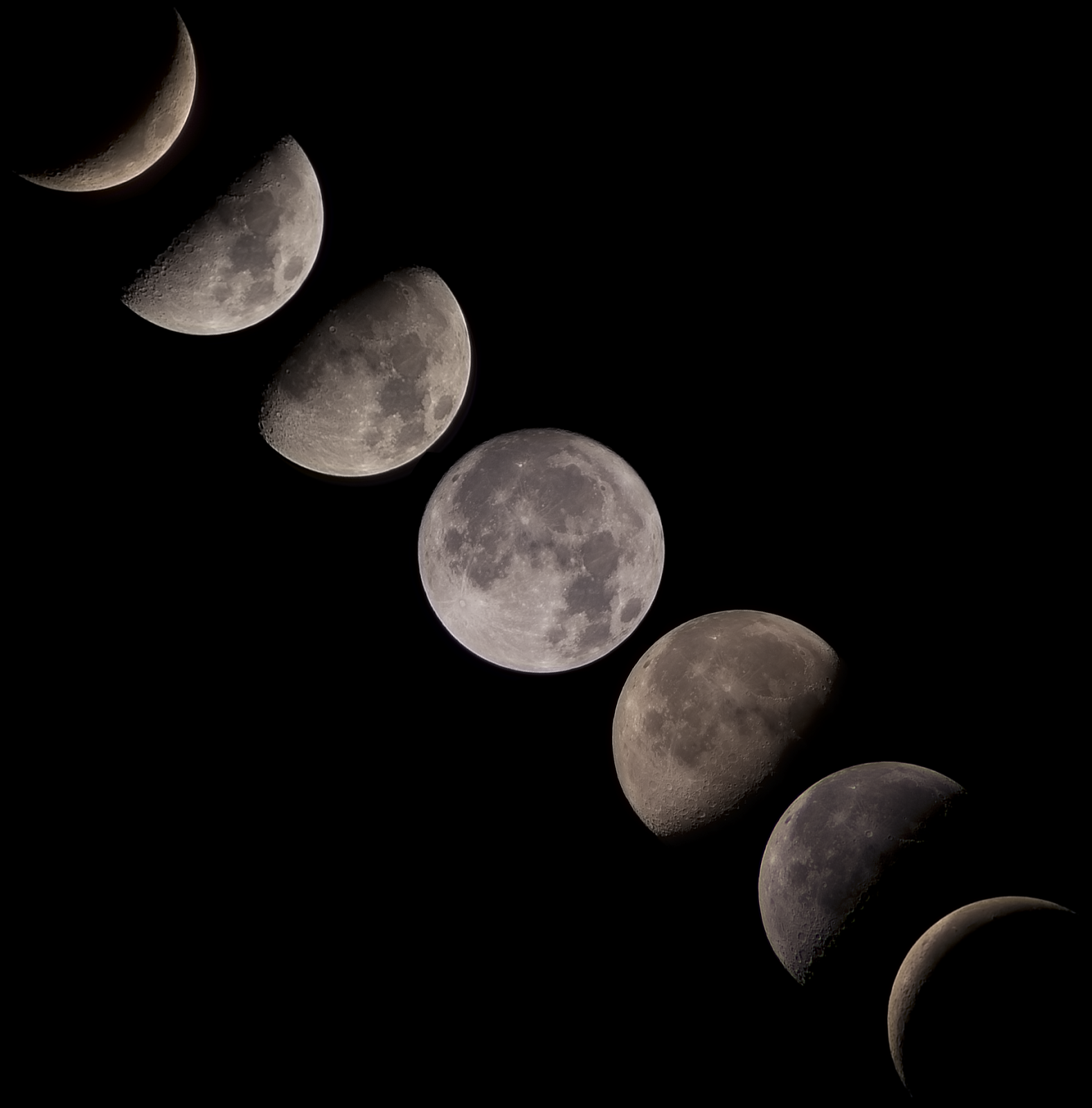The moon has fascinated humanity for centuries, influencing various aspects of our lives, from agriculture to mental well-being. Understanding the moon phases and their significance can help us connect with nature and enhance our daily routines. In this article, we will explore the eight primary moon phases, their meanings, and how they affect us. We will also provide insights into how to harness the energy of these phases for personal growth and well-being.
As we delve into the world of moon phases, it’s essential to recognize their cyclical nature. The moon goes through a complete cycle approximately every 29.5 days, transitioning through various phases that can influence our emotions, behaviors, and even our health. By understanding these phases, we can align our activities with the rhythm of nature, enhancing our productivity and overall well-being.
Whether you’re a seasoned moon observer or a curious newcomer, this comprehensive guide will provide valuable insights into the moon’s phases and their effects on our lives. Let’s embark on this celestial journey and discover the magic of the moon!
Table of Contents
- Introduction to Moon Phases
- The Eight Moon Phases
- 1. New Moon
- 2. Waxing Crescent
- 3. First Quarter
- 4. Waxing Gibbous
- 5. Full Moon
- 6. Waning Gibbous
- 7. Last Quarter
- 8. Waning Crescent
- Importance of Moon Phases
- Conclusion
Introduction to Moon Phases
The moon phases refer to the illuminated portions of the moon visible from Earth, which change over time due to the moon's orbit around our planet. These phases are a result of the sun's light reflecting off the moon's surface and can influence various aspects of life on Earth.
Throughout history, different cultures have attributed various meanings and significance to the moon phases, often linking them to agricultural practices, spiritual beliefs, and natural phenomena. Understanding these phases can help us better appreciate our connection to the universe.
In the following sections, we will explore each of the eight moon phases in detail, discussing their characteristics, significance, and how we can harness their energy.
The Eight Moon Phases
There are eight significant phases of the moon, each lasting approximately 3.5 days. These phases include:
- New Moon
- Waxing Crescent
- First Quarter
- Waxing Gibbous
- Full Moon
- Waning Gibbous
- Last Quarter
- Waning Crescent
1. New Moon
The new moon marks the beginning of the lunar cycle. During this phase, the moon is positioned between the Earth and the sun, making it invisible to the naked eye. It represents new beginnings, making it an excellent time for setting intentions and starting fresh projects.
2. Waxing Crescent
Following the new moon, the waxing crescent phase begins. During this time, a small sliver of the moon becomes visible. This phase is associated with growth and development, making it a favorable time to take action on the intentions set during the new moon.
3. First Quarter
The first quarter moon occurs when half of the moon is illuminated. This phase represents a time of decision-making and challenges, where you may need to confront obstacles and adjust your plans to stay on track.
4. Waxing Gibbous
As the moon continues to grow, it enters the waxing gibbous phase. This is a period of refinement and preparation, where you can fine-tune your goals and make necessary adjustments before the full moon.
5. Full Moon
The full moon is the most visually spectacular phase, with the entire face of the moon illuminated. It symbolizes completion, culmination, and manifestation. This is a powerful time for releasing what no longer serves you and celebrating your achievements.
6. Waning Gibbous
After the full moon, the waning gibbous phase begins, where the moon starts to decrease in illumination. This phase is associated with gratitude and reflection, making it an excellent time to assess your progress and express thankfulness for your journey.
7. Last Quarter
The last quarter moon signifies a time of letting go and releasing. As the moon transitions to darkness, it encourages introspection and the evaluation of your goals. This is a perfect time to finish projects and tie up loose ends.
8. Waning Crescent
Finally, the waning crescent phase represents the end of the lunar cycle. This is a time for rest and rejuvenation, allowing you to recharge before the new moon begins the cycle anew. It's a period for reflection and preparation for future endeavors.
Importance of Moon Phases
Understanding moon phases is essential for various reasons:
- Agricultural Practices: Many farmers follow lunar cycles to determine the best times for planting and harvesting crops.
- Spiritual Growth: Many spiritual practices incorporate moon phases to enhance rituals and meditations.
- Emotional Well-Being: The moon's phases can influence emotions and mental states, making it beneficial to align personal activities with these cycles.
- Natural Rhythms: Recognizing the moon's influence can help us connect with the natural world and its rhythms.
Conclusion
In conclusion, understanding moon phases and their impact on our lives can enhance our connection with nature and improve our well-being. By aligning our intentions and actions with the lunar cycle, we can harness the energy of each phase for personal growth and transformation.
We invite you to explore the moon's phases further and consider incorporating them into your daily life. Share your thoughts in the comments below, and don't forget to check out our other articles for more insights into the wonders of nature!
Thank you for reading, and we hope to see you back here soon for more enlightening content!
Houston Cagle: The Life Of A Prison Guard
Judge Judith Sheindlin: The Iconic TV Jurist Who Changed Courtroom Television
When Was The Last Time Planets Aligned? A Comprehensive Guide


